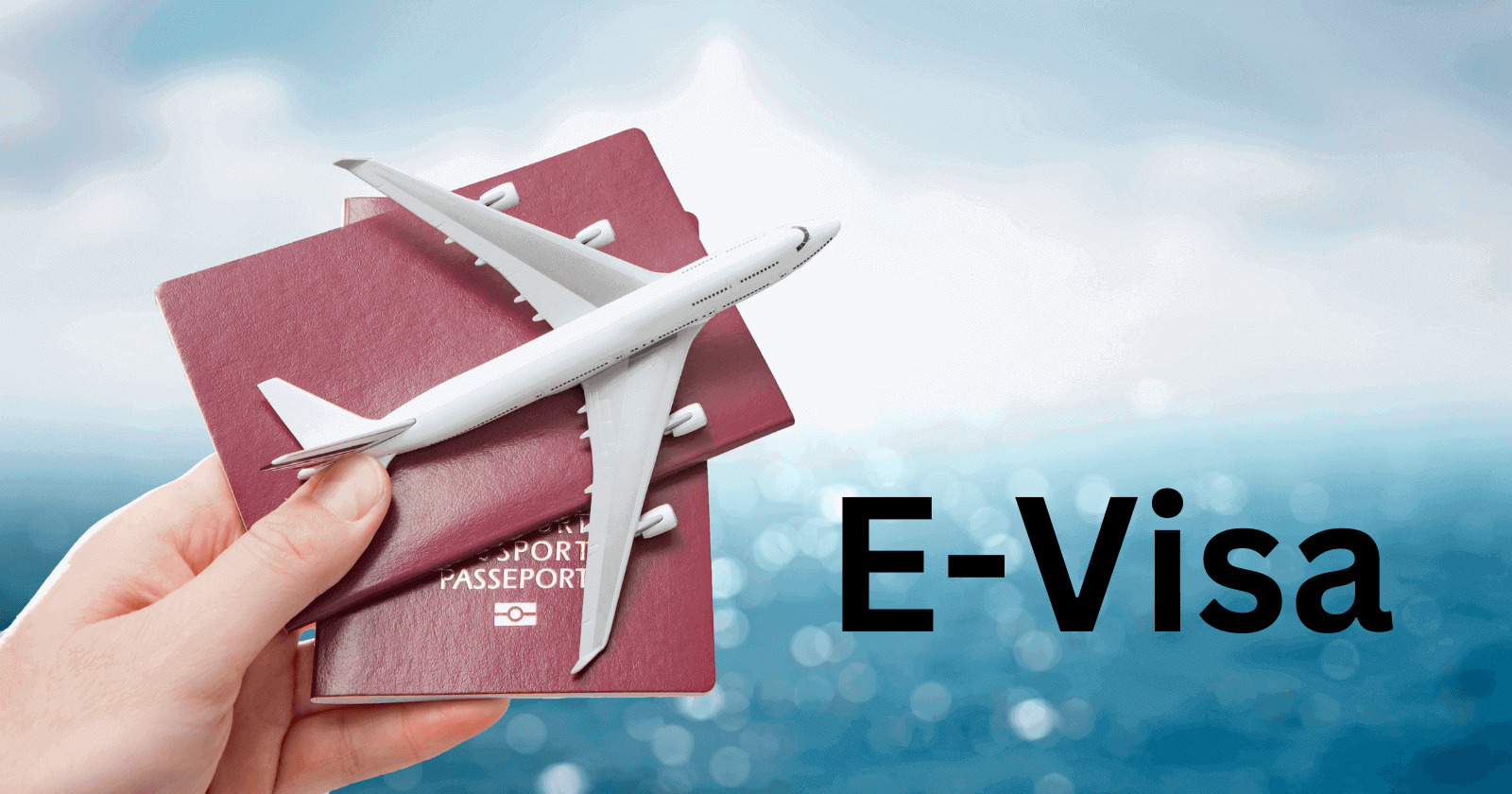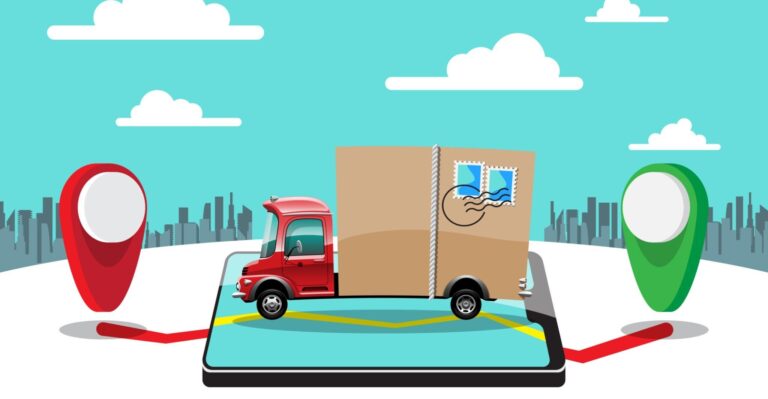Your Essential Guide to E-Visas: Easy Travel Worldwide
E-visas have transformed global travel, offering travelers a quicker, more streamlined alternative to traditional visa processes. Whether for tourism, business, education, or short-term work, e-visas are now widely adopted by countries aiming to make entry procedures more efficient and accessible. This guide offers a comprehensive look at how e-visas work, their global significance, recent changes, legal frameworks, useful resources, and common questions—all designed to help you travel with confidence.
Understanding E-Visas and Why They Exist
An e-visa, or electronic visa, is a government-issued travel authorization that is applied for and obtained entirely online. Instead of visiting an embassy or consulate, travelers can fill out a digital form, upload documents, and pay the visa fee via a secure website. Once approved, the e-visa is typically sent via email and must be printed or stored digitally to present at immigration.
Why do countries use e-visas?
- To simplify entry procedures
- To boost tourism and business travel
- To enhance border security through digital records
- To reduce wait times and paperwork
Since their introduction in the early 2000s, e-visas have become a preferred method for many governments, including those of India, Australia, Turkey, Kenya, Vietnam, and several countries in the European Union (EU).
Why E-Visas Matter Today
E-visas are more relevant than ever due to the evolving landscape of international travel, especially post-COVID. They have become a central part of how countries manage entry, ensuring both efficiency and safety.
Key benefits for travelers and governments:
| Stakeholder | Benefit |
|---|---|
| Travelers | Saves time, reduces paperwork, accessible 24/7 |
| Governments | Improves border security, allows for pre-screening of travelers |
| Businesses | Enables faster movement of workers and executives |
| Tourists | Encourages spontaneous and last-minute travel |
E-visas are especially critical for frequent travelers, digital nomads, and short-term visitors. They support a more flexible travel ecosystem while also minimizing the need for in-person appointments.
Recent Updates in E-Visa Systems (2023–2025)
The e-visa ecosystem is evolving rapidly. Many countries have launched or upgraded their e-visa platforms in the past year, reflecting new security standards, expanded eligibility, or streamlined user interfaces.
Noteworthy changes:
- India (April 2024): Reopened its e-tourist visa for over 160 countries after a pause due to the pandemic. The platform has been upgraded to support quicker processing.
- Kenya (January 2024): Transitioned to a fully visa-free entry for African citizens, but maintains an e-visa system for other regions.
- EU (expected late 2025): Introduction of ETIAS (European Travel Information and Authorization System) for visa-exempt travelers to Schengen countries, functioning similarly to an e-visa.
- Saudi Arabia (2023): Expanded its e-visa eligibility to include more nationalities and added multi-entry options.
- Australia (2023): Improved its ETA (Electronic Travel Authority) app to support faster mobile applications.
The global trend is clearly shifting toward digitized borders, with most nations investing in AI-based identity verification and automated processing.
Legal Frameworks and Government Policies
Each country implements its e-visa system under specific immigration laws and visa policies. While the core procedure is similar—online form, document upload, fee payment, email confirmation—the rules vary by nation.
Here are a few examples:
| Country | Governing Body | Policy Highlights |
|---|---|---|
| India | Bureau of Immigration | Allows e-tourist, e-business, e-medical visas |
| Australia | Department of Home Affairs | Uses ETA and eVisitor programs for selected countries |
| Turkey | Ministry of Foreign Affairs | Offers e-visa for tourism and business only |
| Kenya | Directorate of Immigration | Maintains e-visas for non-African travelers |
| Vietnam | Immigration Department | Offers 90-day multi-entry e-visas since August 2023 |
Important: E-visas are generally non-extendable and non-convertible. Overstaying may result in fines or bans. Always check specific terms and entry conditions before travel.
Helpful Tools and Resources
Several official tools and platforms simplify the e-visa process. It’s important to use only government-approved or official websites to avoid scams or unauthorized charges.
Top e-visa websites:
| Country | Official Website |
|---|---|
| India | indianvisaonline.gov.in |
| Australia | immi.homeaffairs.gov.au |
| Turkey | evisa.gov.tr |
| Kenya | evisa.go.ke |
| Vietnam | evisa.xuatnhapcanh.gov.vn |
Recommended Tools and Apps:
- IATA Travel Centre – for real-time visa requirements
- TimaticWeb – used by airlines to validate travel documents
- Mobile apps like CheckMyTrip or TripIt – to store your e-visa and travel docs
- ETIAS Website (Coming 2025) – for Schengen area travel authorizations
Frequently Asked Questions (FAQs)
1. Is an e-visa the same as a traditional visa?
No. An e-visa is applied for and issued online, while a traditional visa usually requires a visit to an embassy or consulate. E-visas are generally faster and more convenient but may offer fewer options for long-term stays.
2. Can I extend or renew my e-visa?
Most e-visas are non-extendable and require the traveler to leave the country and reapply. Some countries may allow renewals under exceptional conditions like medical emergencies.
3. Are e-visas safe to use?
Yes, if applied through official government websites. Avoid third-party platforms unless they are verified travel agents. Always confirm the URL and use secure payment methods.
4. How long does it take to get an e-visa?
It depends on the country. Processing times range from 24 hours (Turkey) to 3–7 business days (India, Kenya). Always apply at least a week in advance to avoid delays.
5. What documents do I need for an e-visa application?
Typically:
- Passport (valid for 6 months or more)
- Recent passport-size photo
- Travel itinerary (flight and accommodation)
- Credit/debit card for payment
- Additional documents depending on visa type (e.g., invitation letter for business)
Conclusion
E-visas are a game-changing solution for modern travel, providing a secure, efficient, and accessible method of entering foreign countries. With ongoing improvements in technology and global adoption, the future of visa processing is increasingly digital.
Travelers should remain informed about:
- Country-specific requirements
- Recent changes
- Security measures
- Official application portals
Before planning your trip, always verify the e-visa policy of your destination and apply early through trusted, official sources.
By staying informed and prepared, e-visas can make international travel smoother, safer, and more enjoyable for everyone.







